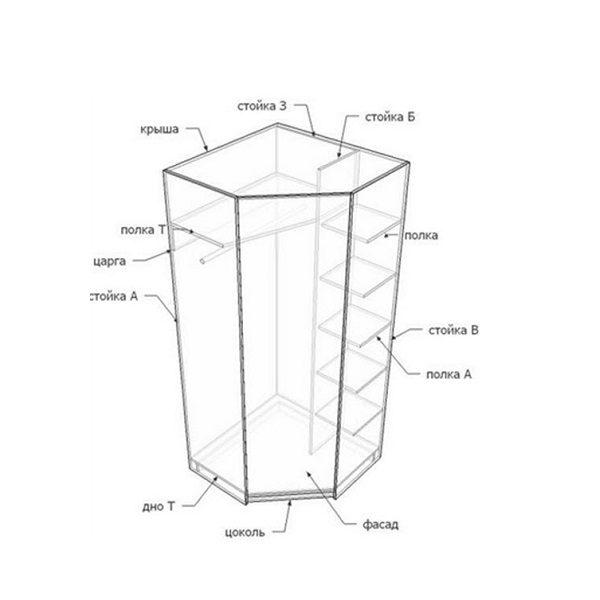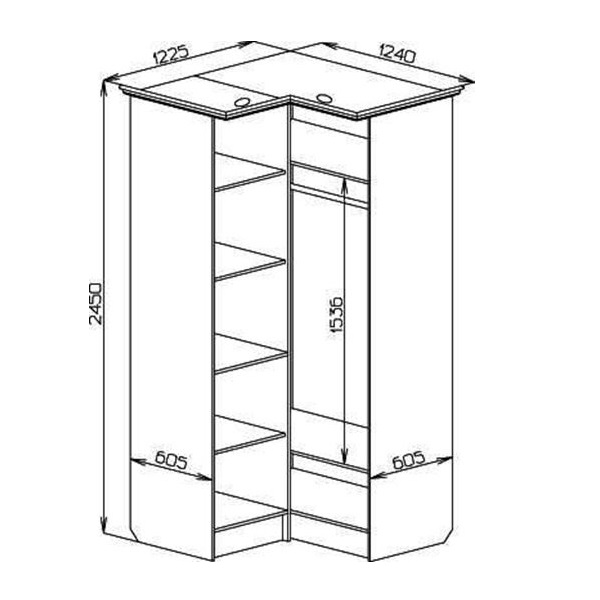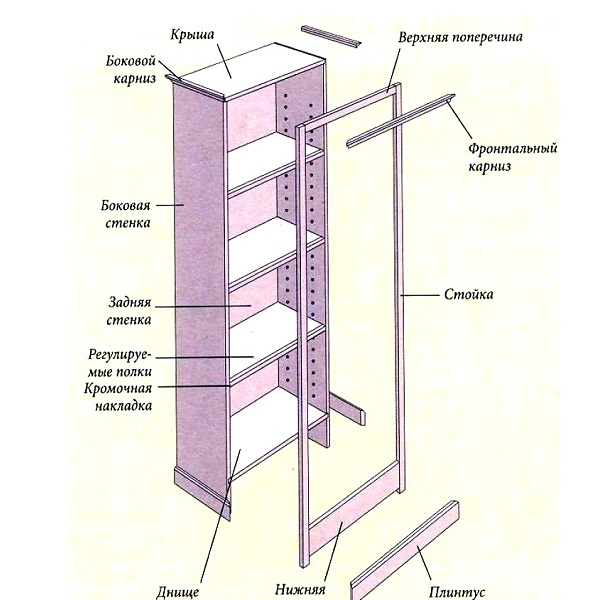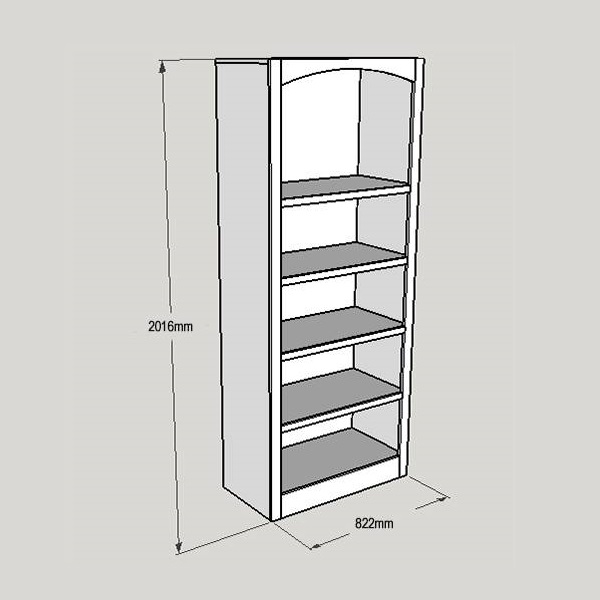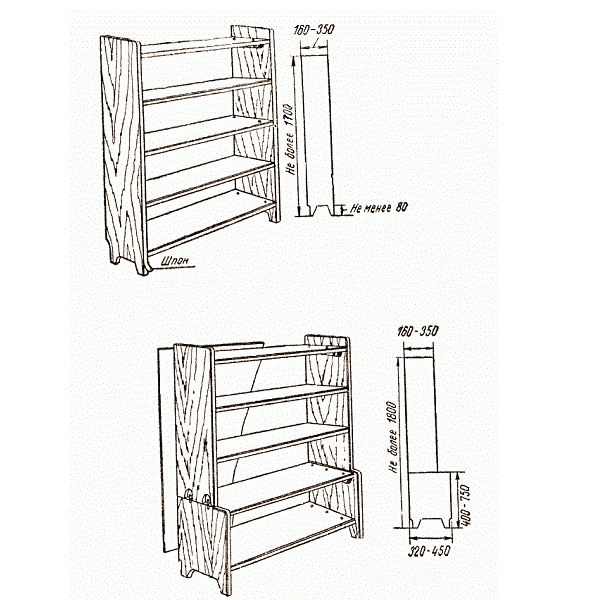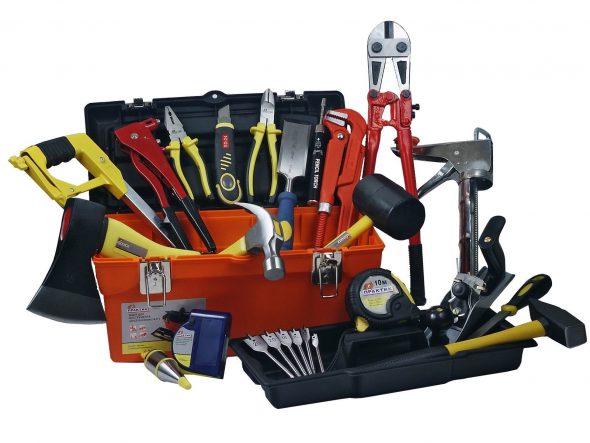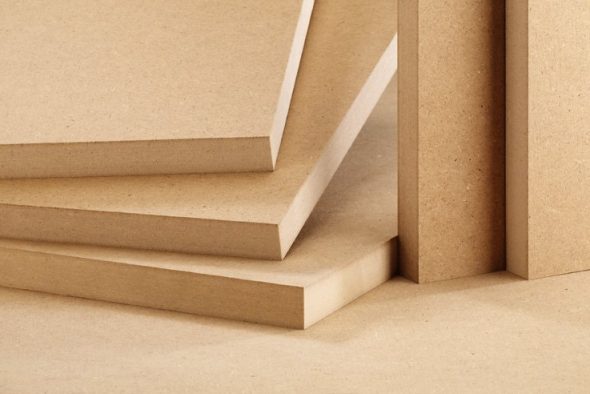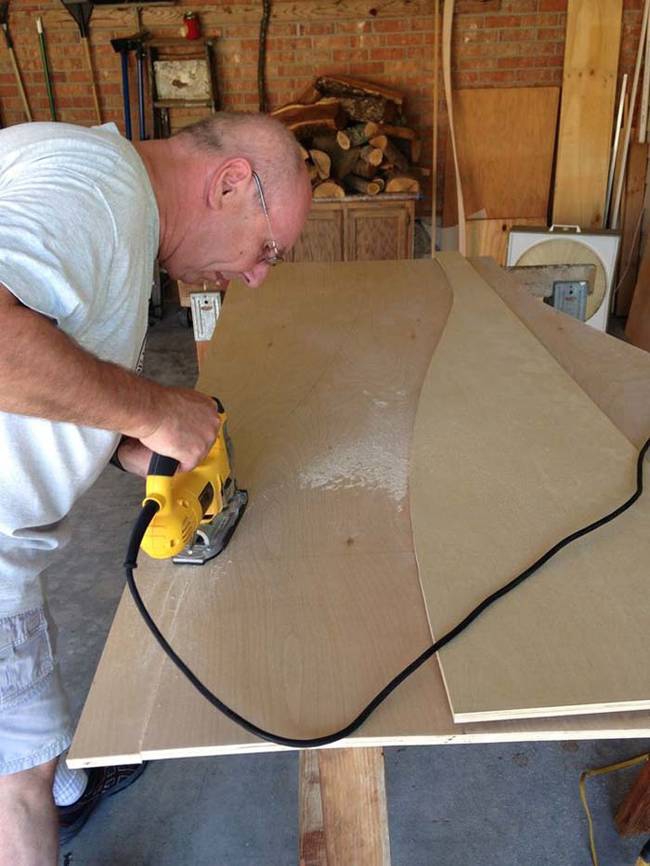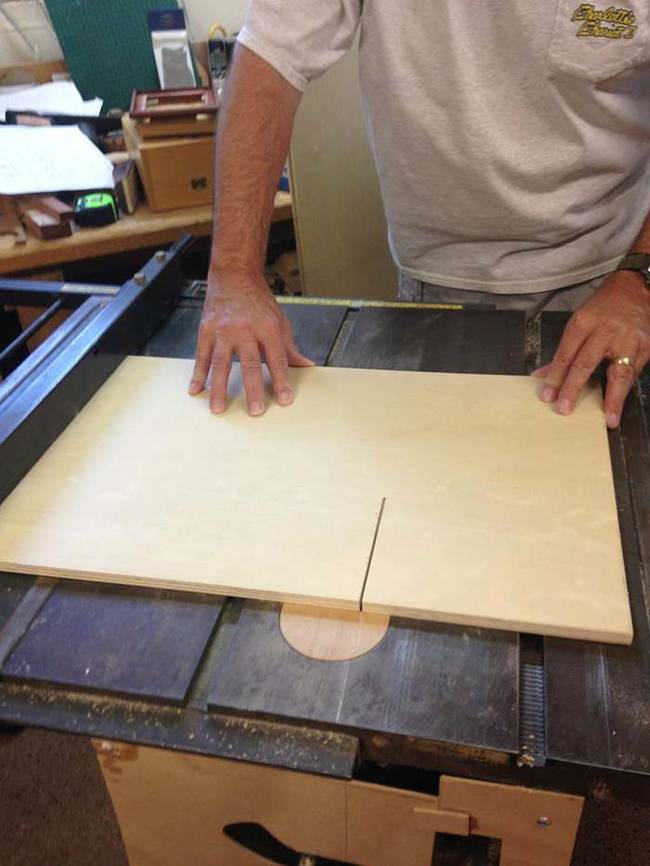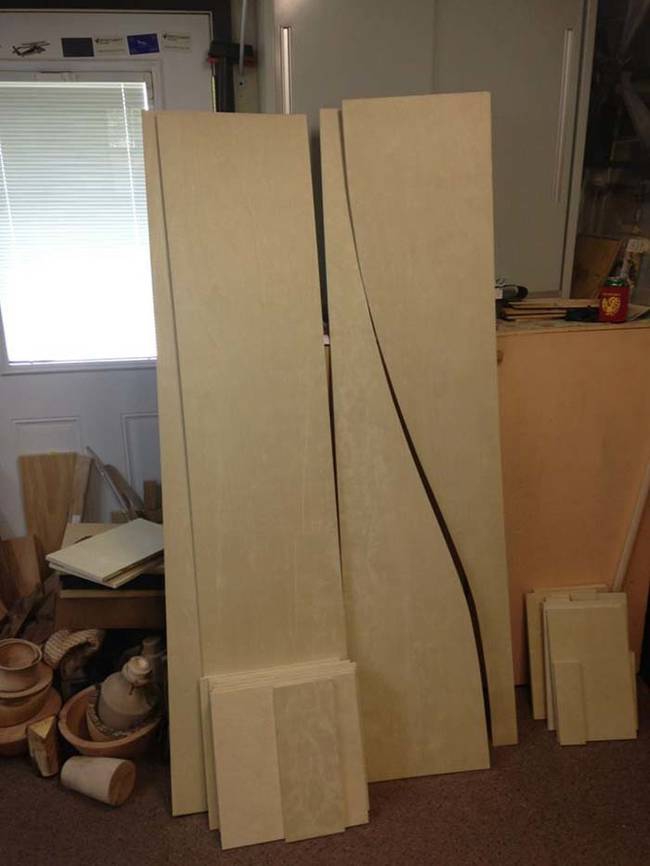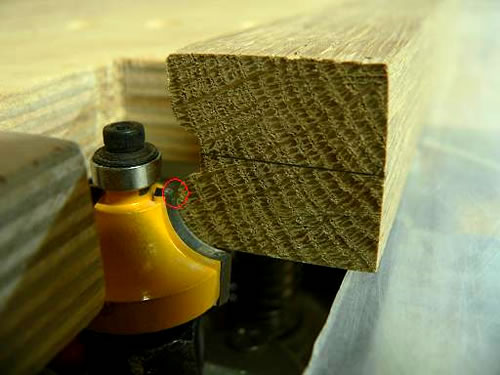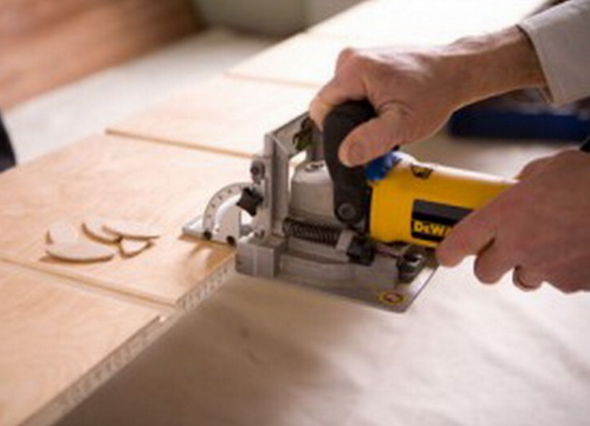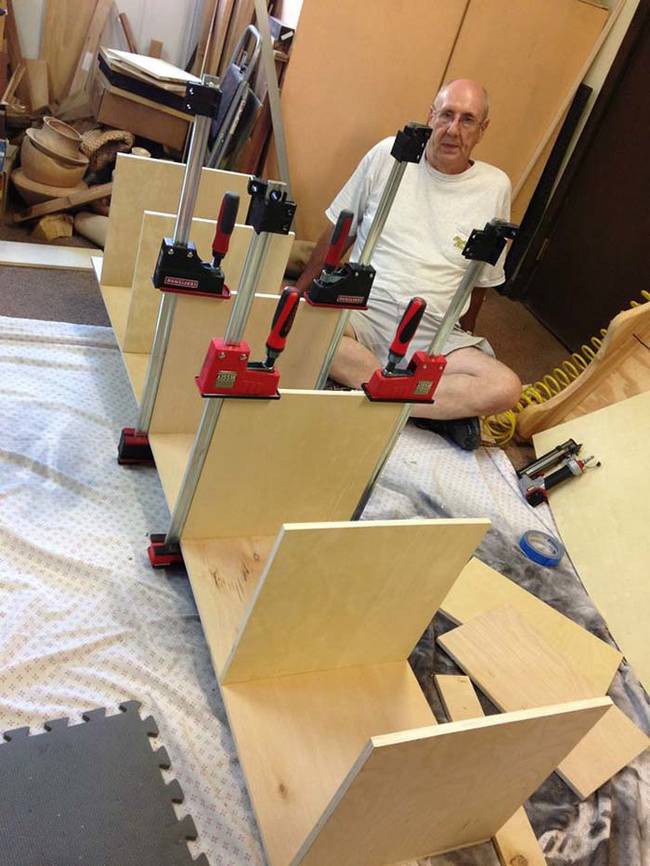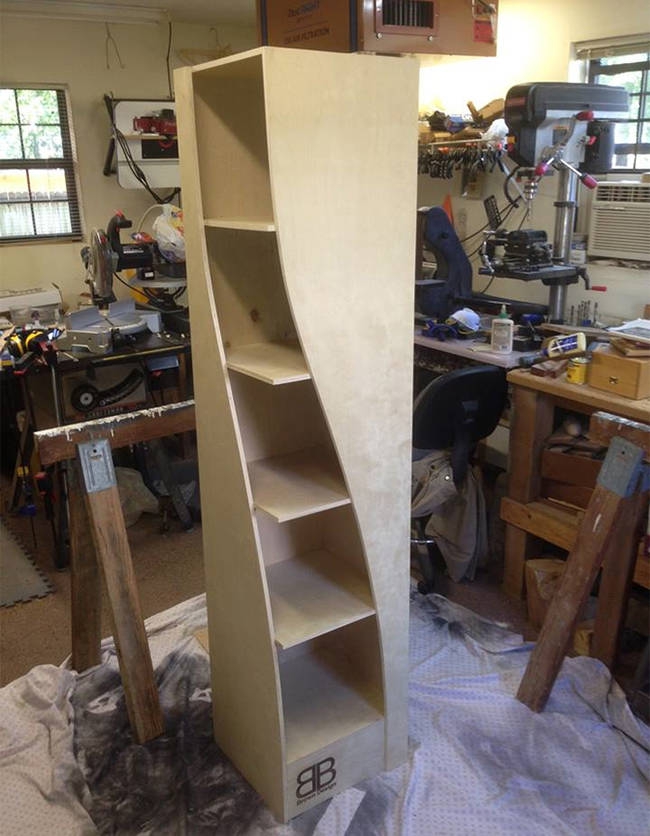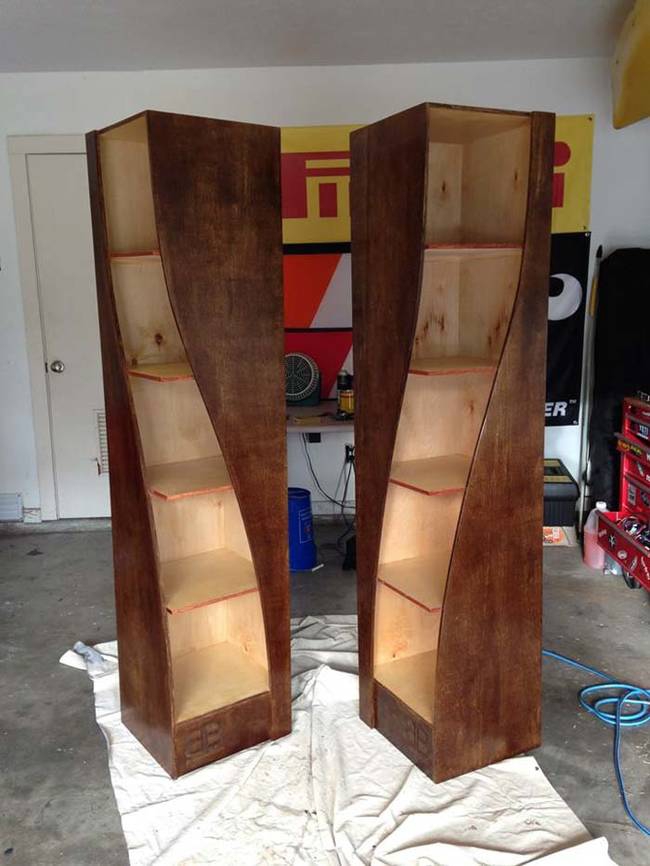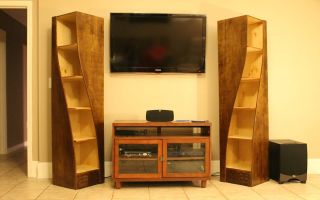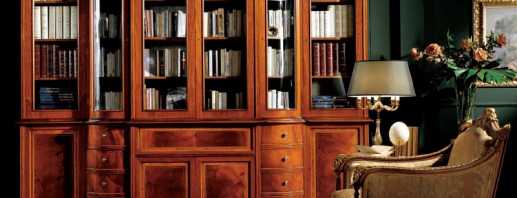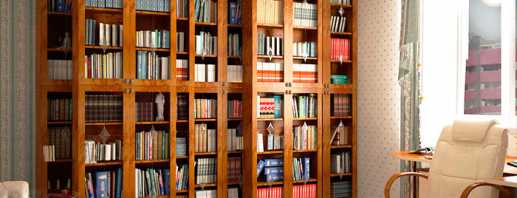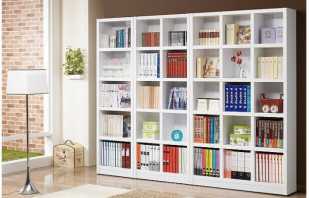DIY bookcase, instructions with comments
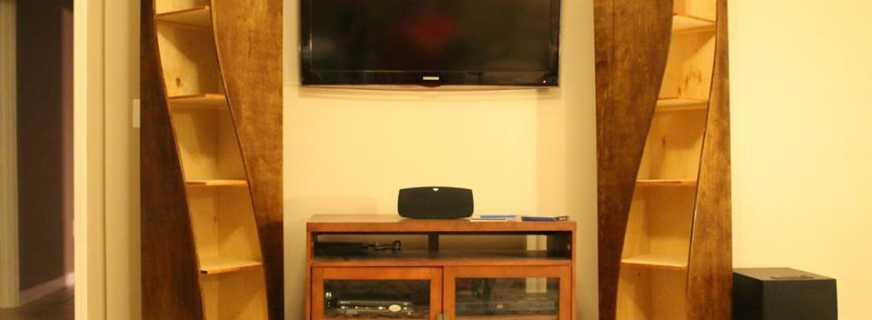
Bookcases are usually installed in the living room, but if available, can be located in the bedroom or hallway. This interior item can have different sizes and characteristics, and also has a different capacity. Many people like to read books, so for the optimal storage of their library requires a cabinet that has the right size and other properties. If you can’t find the optimal model, then you can independently make a bookcase with your own hands from different materials.
Model selection
Before direct work related to the formation of a bookcase for books with your own hands, you need to determine which model will be created. The design should be well suited to the style of the room, its color scheme and other parameters of the room.
Models of bookcases can be:
- open - they consist of open shelves, so there are no doors. Creating such a cabinet is a simple job, for which you do not need to buy a lot of expensive materials. The disadvantages include not too presentable appearance;
- closed - such models are considered the most optimal for structures designed to store books. This is due to the fact that they are equipped with doors, so the books are reliably protected from direct sunlight, dust or possible moisture. Glass doors are used for a more attractive appearance of such a cabinet, but glass with high strength is used for this.
By design, do-it-yourself bookcases can be:
- vertical
- horizontal.
To select the optimal design, the size of the room itself in which it is planned to install the interior item is taken into account. In addition, you need to remember the style of the interior and the availability of free space in the room, as too bulky design in a small living room will visually reduce its size and adversely affect attractiveness.
In addition, the types of cabinets stand out:
- cabinet - are chosen by many people most often for the convenient location of a large number of books, newspapers or magazines, and it is also allowed to store many other small items. The filling of such a cabinet is selected by direct users, so it can be equipped with swing or sliding doors, and it can also be done without facades;
- modular - consists of a large number of different modules, and they can be combined and rearranged, which allows you to always effectively change the appearance of the cabinet. Due to this unusual option, you can embody original design ideas for each room and style.If the room where you plan to install the cabinet is small, then several modules are removed to save space;
- built-in - usually this design is formed by connecting a different number of sliding doors. A feature of this option is that all the walls are fixed directly to the walls of the room, as well as to the ceiling and floor;
- angular - selected for small rooms. It occupies a certain corner of the room, so significant space is saved. It is well suited for different interiors, differs in compact dimensions, excellent spaciousness and creates free access to books.
If you choose the built-in version of the bookcase, it is advisable to form it in a specific niche of a particular room.
Tools and materials
Before directly creating the design, you should decide what materials will be used for this. It is allowed to use different materials, but wooden cabinets are considered the most suitable for different rooms. For this, different types of wood can be used, for example, cherry or oak, birch or walnut.
You can buy solid wood or veneer, any option has high quality and excellent appearance.
If it is not possible to spend a lot of money on the purchase of such an expensive material, then MDF or chipboard, as well as other lumber, on top of which there is a high-quality polymer coating, is selected. MDF is considered the ideal choice for an inexpensive and acceptable quality cabinet. It is produced by dry crimping and is characterized by high strength and environmental friendliness.
Additionally, you need to decide what the doors will be made of. They can also be created from wood, but it is allowed to use plastic or glass for this. Glass doors are considered the most interesting and unusual, so they are chosen often enough, but you must make sure that tempered glass of high strength is used.
From the tools you will need:
- screwdriver;
- Grinder;
- sandpaper;
- a machine designed for high-quality milling;
- drill and hacksaw;
- tape measure with a pencil;
- wood glue and varnish;
- fasteners;
- blanks designed to form shelves and created from high-quality furniture board;
- plywood used for the back wall and cover;
- material for the legs, with small wooden elements made of oak considered optimal.
The construction made of high-quality wood will last for many years, and will always please with an unusual appearance, and also such models are suitable for any interior.
Parts preparation
Before the immediate process of creating the structure, the preparatory steps are carried out:
- a specific model is selected, which will be created with your own hands;
- the entire cabinet is visually divided into individual components, after which a drawing is formed for each part;
- to simplify the process of drawing and drawing, you can use modern and easy-to-use computer programs;
- it is decided what dimensions the cabinet will have, and the main parameters are: width, height and the distance between the shelves;
- according to the drawings, sawing of parts that are the main elements to obtain a full and high-quality cabinet is carried out;
- if chipboard is used, it is advisable to order a cut from specialists, since if you do not use specialized equipment, you get uneven cuts, chips and other shortcomings;
- if you need to make rectangular ends of the panels, then for this they are easily and quickly glued with veneer.
During the preparation of parts, you must constantly check with the existing drawings and diagrams, since it is likely to create low-quality elements that cannot be used in the future.
End milling
This procedure does not differ in particular duration and complexity, but it will have to pay a lot of attention, since without this process a not very attractive result can be obtained. For perfect work, the rules are taken into account:
- correctly selected milling cutters designed to form a beautiful and optimal relief;
- clearly and competently set out a departure that has the necessary parameters;
- high-quality and modern milling equipment is used.
The main features of milling include:
- the milling cutter is firmly fixed and prepared;
- during the supply of a workpiece to it, it is not allowed that it deviates or moves to the sides, as this guarantees a poor work result;
- when performing the process, it is necessary to ensure that all movements are smooth and careful;
- Before work, it is recommended to make sure that the equipment is operational, for which milling is performed on a small unnecessary element
- processing of slats should be performed only after setting the optimal size;
- after work, the place where the workpiece touched the working part of the tool is checked;
- if there are small irregularities, they are carefully cleaned with sandpaper, because if you do not perform this process, then after coating the elements with varnish, irregularities will be clearly visible.
Thus, milling is simple if you follow the basic steps and rules, as well as apply high-quality and modern equipment.
Back wall
In the photo of different bookcases it is almost impossible to see the back wall, so it is usually well hidden. This allows for its creation to use inexpensive and easy to process materials. Usually a standard chipboard sheet is used for this.
Although the back wall cannot spoil the appearance of the cabinet, the reliability of the entire interior item depends on the correctness of its fixation, since it acts as a connecting element.
To form the back wall, a sheet of chipboard or plywood is most often used. These materials are considered easy to process, so cutting out the necessary size parts from them is not difficult. Cutting can be done with an electric or manual jigsaw, and a special sawing machine is often used. Before cutting, you need to mark the sheet so that you get a perfectly flat back wall that has the right dimensions. The chamfer is removed using the skins.
If you want to get a fairly reliable back wall, it is recommended to use chipboard instead of plywood. This material has a greater weight, and it is quite simple to fix it. It can withstand various loads, so it is considered the ideal choice for a cabinet on which many heavy books will be installed.
Cabinet assembly
How to make a bookcase with your own hands? After performing many preliminary works, the direct assembly of this design begins. This process is divided into successive stages:
- initially, the place where the work will be performed is selected, and it should be represented by a flat surface, since if there are distortions, various irregularities may appear in the final structure;
- side walls are attached to the upper part, and a corner is used to check the evenness of the elements, and only after the measurement is fixed, and this approach will prevent bumps at the joints;
- holes are drilled for fasteners, for which a drill is used, and its diameter should be slightly smaller than the selected fastener;
- the parts are reliably and firmly pulled together by fasteners, and the confirmation is considered the best choice for this process, twisting with a hexagon;
- after fixing the upper structural element, fixing of the lower part begins, and before that, you also need to pay a lot of attention to quality measurements using the corner;
- then the back wall is attached, for which a pre-cut sheet of plywood or chipboard is used, and for this you can use nails or even a construction stapler;
- the fastening of the shelves begins, and they will be affected by a really significant load due to the use of a large number of books, so it is not advisable to make them removable;
- it is advisable to fix the shelves with a confirm, ensuring the reliability and durability of the elements;
- doors are installed using hinges if the structure being created is formed with facades.
Thus, the bookcase can be done by yourself. In this case, the ideas of future users are embodied, and a truly interesting design is provided. The best materials for this are wood or MDF. During the process, much attention is paid to the creation of the drawing, the selection of high-quality material, correct measurements and reliable fixation.
Video


